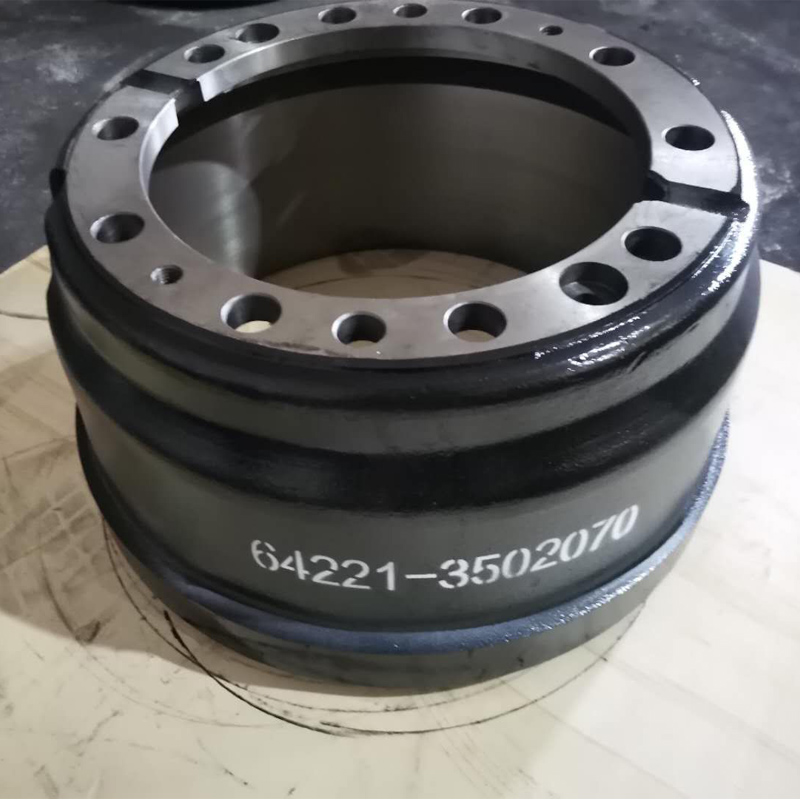Nov . 11, 2024 20:13 Back to list
are brake drums the same as rotors
Are Brake Drums the Same as Rotors?
When it comes to vehicle braking systems, many car enthusiasts and everyday drivers may find themselves wondering about the differences between brake drums and rotors. Both of these components play a critical role in ensuring safe and effective stopping power, yet they serve their purpose in distinct ways and are used in different types of braking systems. To fully understand their differences, we must delve into their structure, function, and applications.
Understanding Brake Drums and Rotors
Brake drums are a component of drum braking systems, which traditionally are found in older vehicles and some rear-end setups of modern cars. A brake drum is a cylindrical component that encloses the brake shoes. When the brake pedal is pressed, hydraulic pressure forces the brake shoes to expand outward against the inside surface of the drum, generating friction that slows down the wheel's rotation. The friction material on brake shoes is typically made of a composite, designed to withstand high temperatures and provide a reliable stopping force.
Are Brake Drums the Same as Rotors?
Structure and Performance
are brake drums the same as rotors

From a structural perspective, brake drums are heavier and bulkier compared to rotors. This extra weight can be a downside, impacting overall vehicle performance, especially in terms of acceleration and fuel efficiency. Conversely, rotors are generally lighter and allow for a more compact design. This not only enhances performance but also makes them easier to replace and maintain.
In terms of performance, disc brakes tend to outperform drum brakes in most conditions. The exposed nature of the rotor allows for better cooling, which helps maintain consistent performance even under heavy use. In contrast, drum brakes can trap heat, leading to potential performance degradation during prolonged use, such as in towing or on steep slopes.
Applications and Usage
Braking systems vary depending on the vehicle's design and purpose. Many modern vehicles utilize a combination of drum and disc brakes, with disc brakes typically at the front for superior stopping power, while drum brakes might be used on the rear wheels to save costs. This hybrid approach capitalizes on the strengths of both systems while mitigating their weaknesses.
In summary, while both brake drums and rotors are integral components of a vehicle's braking system, they are not the same. Their structural differences, methods of operation, and performance characteristics set them apart. For those looking for improved braking performance, newer vehicles equipped with disc brakes (rotors) are generally the preferred choice. However, understanding the role of brake drums still provides valuable insight into the evolution and functionality of automotive braking systems. Whether you’re an everyday driver or a car enthusiast, recognizing the significance of these components can help you make informed decisions regarding vehicle maintenance and upgrades.
-
Scania Brake Drums: OEM Quality for Optimal Safety & Durability
NewsAug.16,2025
-
R.V.I: Advanced Remote Visual Inspection for Precision
NewsAug.15,2025
-
Discover HYUNDA: Innovative Vehicles, Equipment & Solutions
NewsAug.14,2025
-
R.V.I: Unlock Advanced Insights & Real-time Performance
NewsAug.13,2025
-
Kamaz Brake Drum: Durable & Reliable for Heavy Duty Trucks
NewsAug.12,2025
-
Heavy Duty Iveco Brake Drum - Premium Quality & Safety
NewsAug.11,2025
